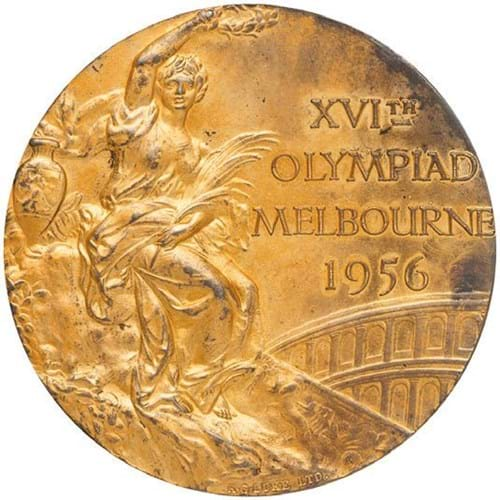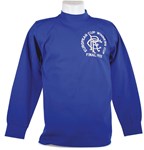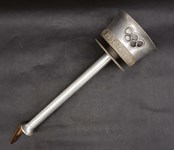The Australian swimmer won six Olympic medals in total in 1956 and 1960.
On December 7 in Sydney, Smith & Singer (25% buyer’s premium inc tax) offered the four Olympic gold and four British Empire and Commonwealth Games gold medals won by Rose – born in Birmingham, England – between 1956 and 1962, consigned by family.
All four Olympic golds sold on the night alongside one of the British Empire and Commonwealth Games awards.
Best-seller was for the Games of the XVI Olympiad gold medal, Melbourne 1956, awarded for the 400m men’s freestyle swimming final race on December 4 that year. Estimated at Aus$60,000-80,000, it made Aus$120,000 (£66,000).
Another decent price came for a Games of the XVII Olympiad gold medal, Rome 1960, sold at a top-estimate Aus$80,000 (£44,000). It was awarded for the for the 400m men’s freestyle swimming final race held on August 31, 1960.
Exceptionally, for the Games in Rome, the obverse and the reverse of the medal were inverted.
The obverse was embossed with an Olympic champion carried in triumph by the crowd, with the Olympic stadium in the background and the reverse embossed with the goddess of victory, holding a palm in her left hand and a winner’s crown in her right.
The reverse was embossed with the specific inscription GIOCHI DELLA | XVII OLIMPIADE | ROMA MCMLX and to the circumference with Stab. Artistici Fiorentini – Firenze for the name of the mint, Stabilimenti Artistici Fiorentini.
The medals for these Games were set in a circle of bronze, featuring a laurel wreath and inscribed NUOTO, and completed by a chain comprising 20 links designed as paired laurel leaves and berries and one smaller link embossed with a flower.
Identical design
From 1928-68, the medals for the Summer Olympic Games were identical, depicting a design first used for medals awarded at the Games of the IX Olympiad (Amsterdam 1928), created by Florentine artist Giuseppe Cassioli (1865-1942) and chosen after a competition organised by the International Olympic Committee.
















